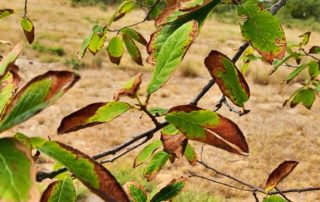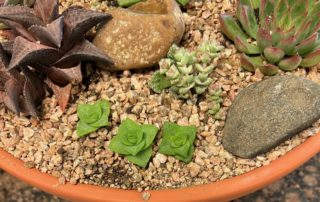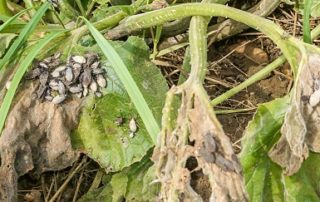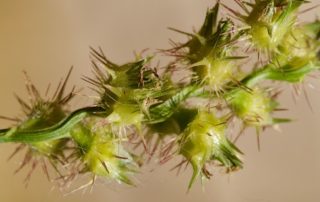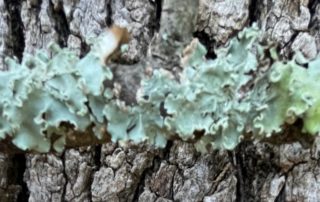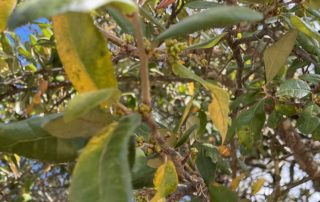My New Tree is Crispy!
Establishing trees in the summer comes with its own set of challenges. Trees CAN be established in the summer, but it is necessary to understand the importance of consistent watering. I have always preferred hand-watering to any form of irrigation, as it requires a “hands on” approach and leaves nothing to chance. The tree that you bring home has a root system, in a pot, that has been providing water and nutrients for the entire canopy of that tree while being grown in the nursery setting. When you plant the [...]

